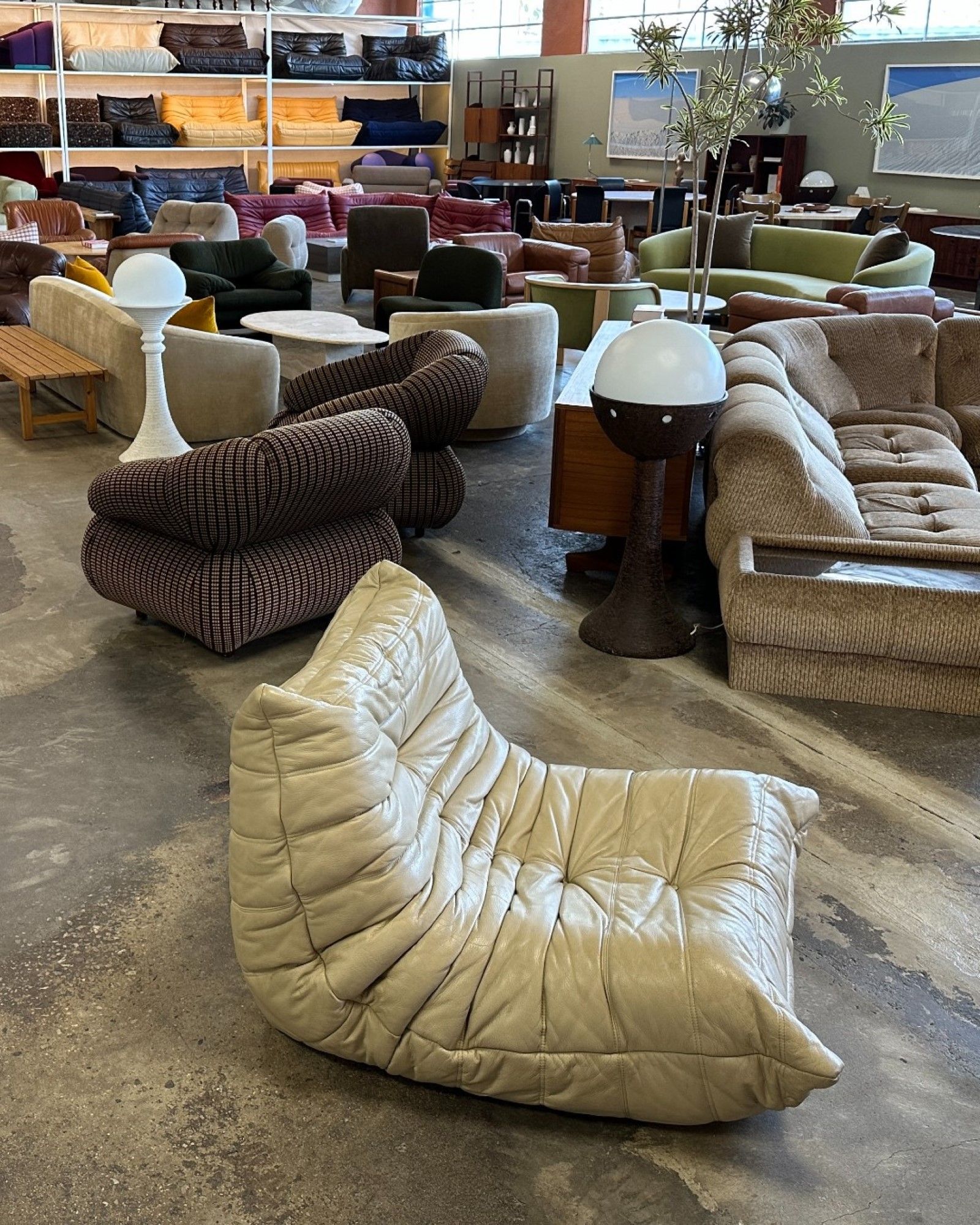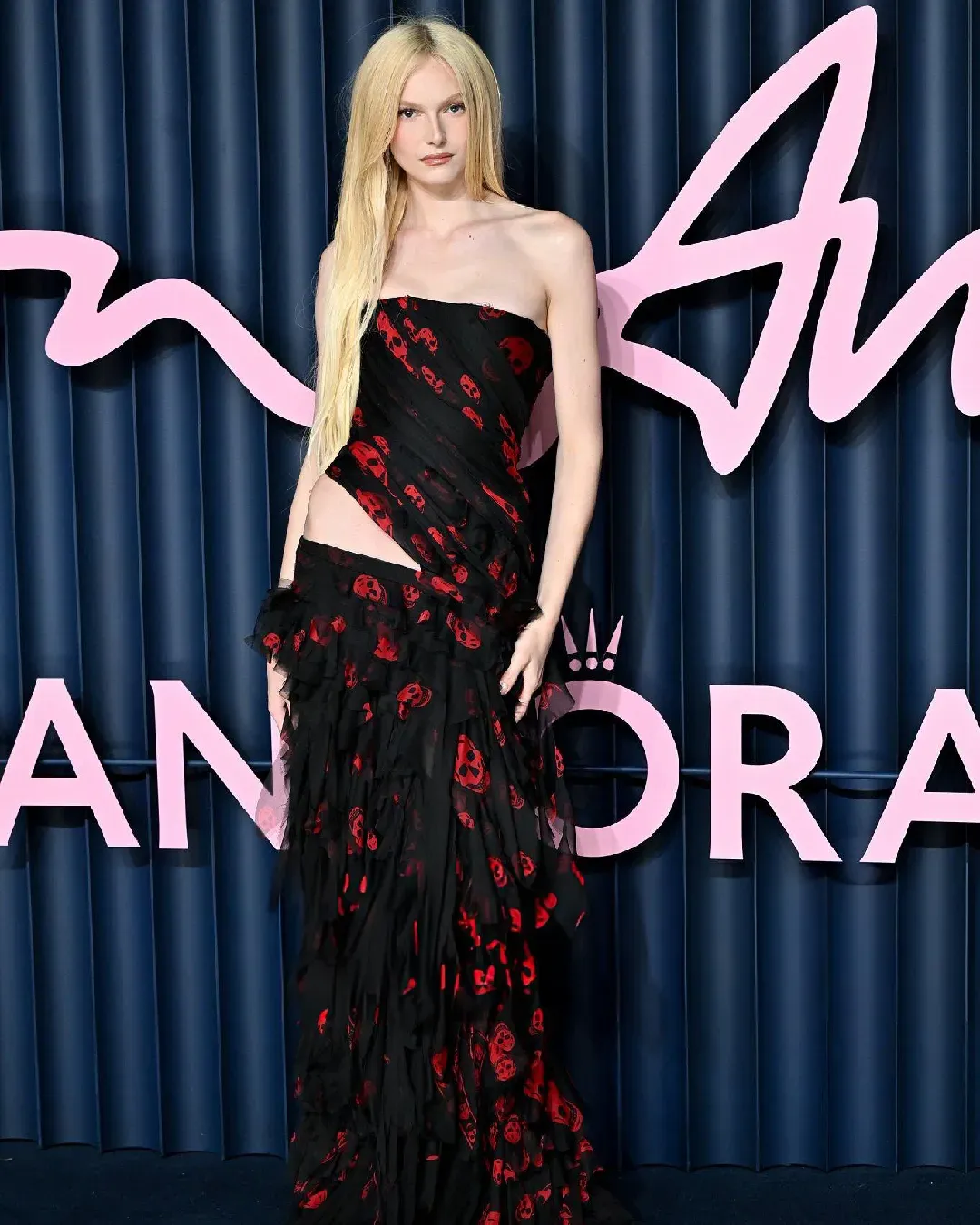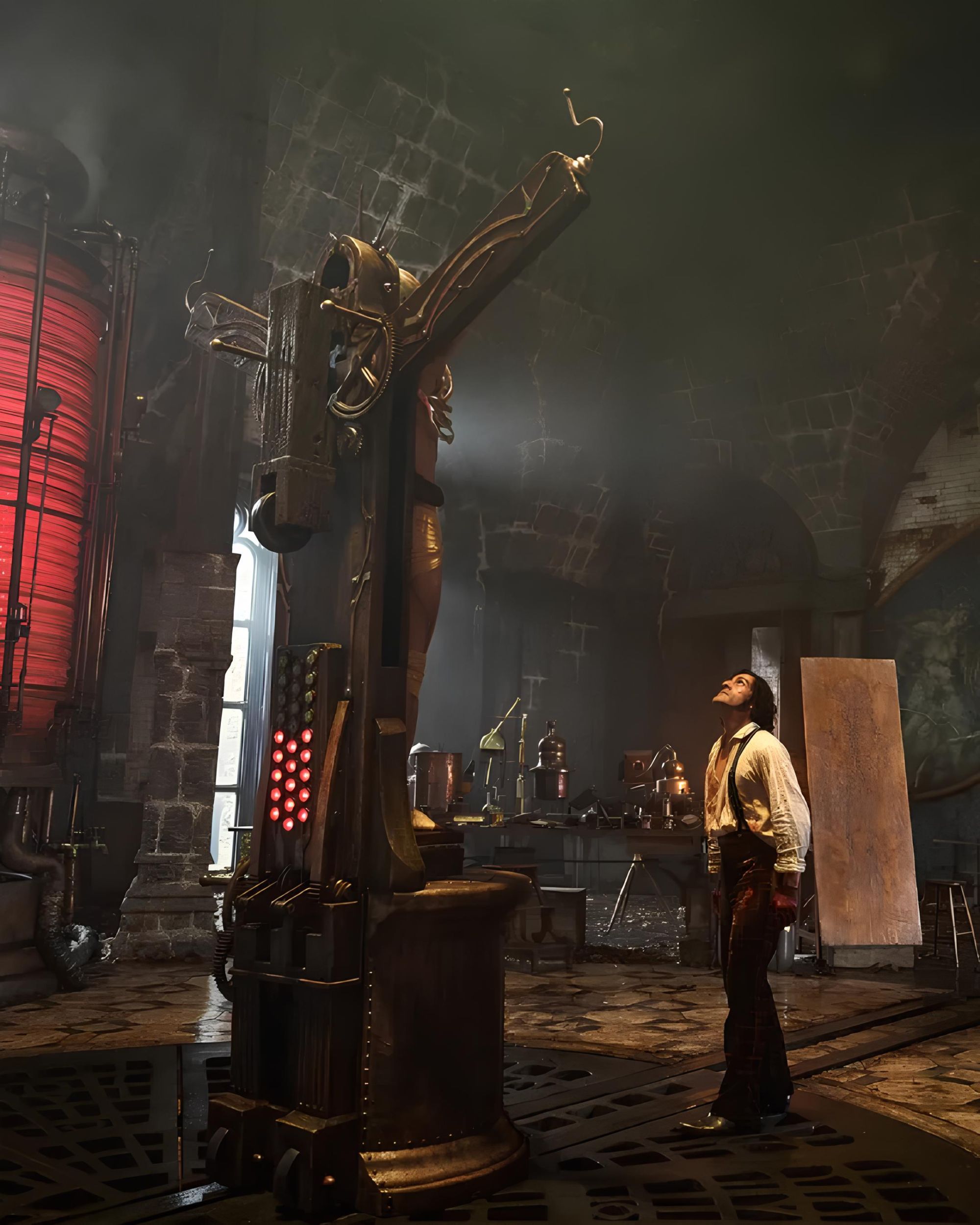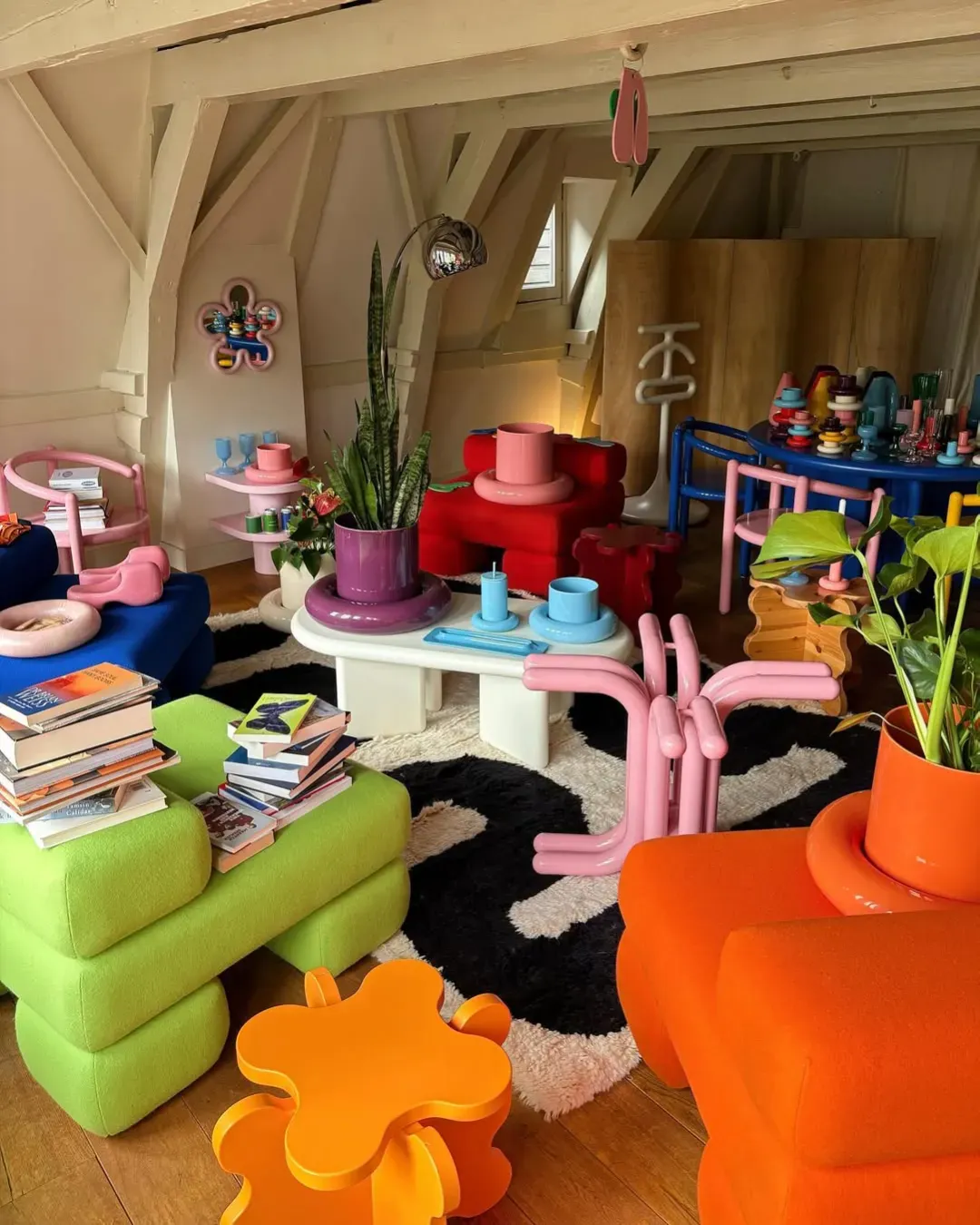
Into the world of vintage design with Midcentury LA The founder of the legendary Los Angeles showrrom shares his story
MIDCENTURYLA is a showroom specializing in vintage furniture from the mid-20th century - although to call it that would risk making it sound like a simple furniture store when it is so much more. «I think that its appeal lies in a nostalgia for both those who lived it and younger generations», says David Pierce, who founded the showroom in 2004 and tells the public about its daily life on an Instagram account that now has more than 170,000 followers. When we ask him how such seemingly demodé furniture also appeals to a young audience David says it does «from a lifestyle perspective» almost as if owning design objects produced in better times makes us feel as if we live in better times. Be that as it may, his account has introduced thousands of followers of all ages to the world of vintage design. Not that that furniture is out of date: «Its form and function still drives design today, just as it borrowed from design that predated it», concludes David. The piece for which MIDCENTURYLA is perhaps most popular is Ligne Roset's Togo armchair, featured on its Instagram account in a thousand different colors and combinations - just look at those photos to covet those pieces and even build an entire lifestyle around them. After all, we might add, a home's decor is a mirror of its inhabitant.
Falling in love with this kind of furniture is easy - that kind of design is something far more aesthetically satisfying than the classic Ikea repertoire that has come to define popular design halfway around the world today. David makes it clear, however, that it is not always about the opposition between serialized and handcrafted product; on the contrary «some pieces are really more about utilizing new technologies for more mass production as well as materials – veneers which allowed for more efficient usage of more rare wood species such as rosewood». The quality of period furniture therefore, is not automatically better but the various pieces «span the gamut in terms of quality from really basic, Ikea quality to very fine cabinet maker craftsmanship and materials». At this point the question arises as to where the appeal of this décor lies, especially for the younger generation who, precisely, may feel only partial nostalgia for an era they have never experienced firsthand. For David, the question is part of the way society and its collective tastes metabolize culture: «I’d say that re-discovery of vintage design is cyclical and generational – just as new generations have and continue to discover '80s furniture designs, '80s fashion and '80s music, one or two generations ago people were into '60s classic cars, furniture and architecture».
This rediscovery is not limited to the United States, but is happening all over the world. «We drove 200,000 kilometers the first year we started in 2004, throughout Sweden and Denmark – now with Instagram I can connect to dealers all over without leaving my home, so that’s both nice but also removes the personal search and discover joy that was such a part of the early years of my business», explains David, who now is «very into '70s Italian pieces as well as always loving '60s & '70s Brazilian». Instagram, however, remains among the main culprits of a loyal customer base and community that MIDCENTURYLA's founder unabashedly calls «the most important thing in my showroom». As for the value of individual pieces, in recent years, valuations of vintage furniture have fluctuated. «Obviously rarity, quality of fabrication, form, materials and sadly trends (rather than enduring style in some cases) will drive and distinguish value. It’s all driven by taste», David points out, «as long as someone wants something badly enough, its value will remain». But when we ask him to go into more specifics, he specifies that while the scenario is always in flux, «some areas of the midcentury design market have definitely appreciated while other areas have slowed and in their place newer designs such as 70s and 80s French and Italian and Dutch pieces have filled their place. Its ever evolving but the classic rare designs continue to hold their value and many appreciate it».

















































